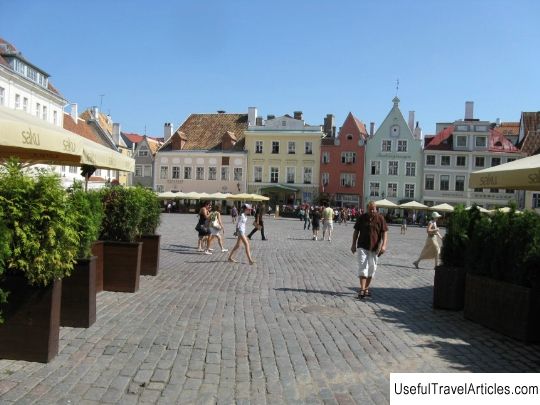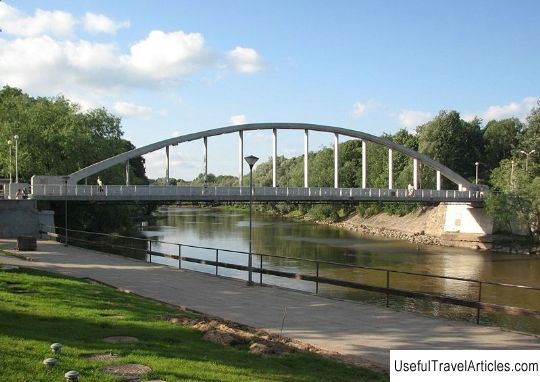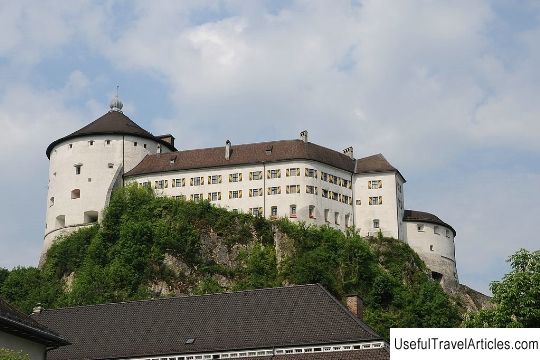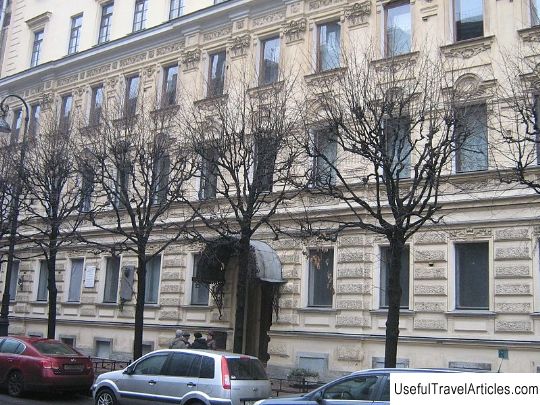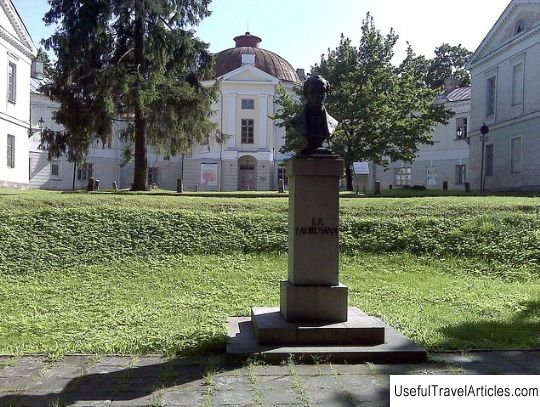Town Hall Square (Raekoja plats) description and photos - Estonia: Tartu
Rating: 8,0/10 (243 votes) 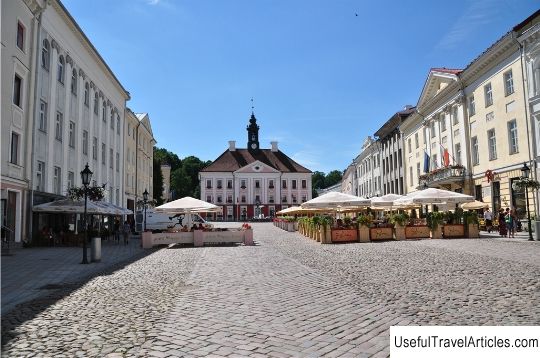
Town Hall Square (Raekoja plats) description and photos - Estonia: Tartu. Detailed information about the attraction. Description, photographs and a map showing the nearest significant objects. The title in English is Raekoja plats. Photo and descriptionThe heart of the city of Tartu is the Town Hall Square, built in a classical style and shaped like a trapezoid. Throughout the history of the city, the square was its center. Initially, it was a trading square that united the hill fort with the port adjacent to the Emajogi River. In this status, the Town Hall Square existed for several centuries. In the Middle Ages, the city hall was built here. The town hall building, which we can see now, is already the third in this place. Despite the fact that Tartu is an ancient city, many buildings date from the late 18th century. The reason for everything & nbsp; - the famous Tartu fire, which in 1775 destroyed almost the entire city center. It was after this incident that the almost completely rebuilt city acquired the form that we can observe today. The Town Hall Square in different eras was called differently. It was originally a trade or fairground. When there were more markets in the city, the Town Hall Square became known as the Big Market. During the German occupation, there was Adolf Hitler Square, then Soviet Square, and since 1990 it has become the Town Hall. During the last war, almost all buildings on the southern side of the Town Hall Square, including the Stone Bridge with two triumphal arches. One of the arches of the bridge was blown up in the summer of 1941 by the Red Army, and in 1944 the German troops finally destroyed the bridge during the retreat. In both cases, a natural water barrier delayed the attackers for some time. Thanks to the Swedish period trial, it is known which buildings surrounded the square in the 17th century. They began to build a shameful execution pillar in front of the town hall, but one of the council members was against the pillar standing under his windows. His complaints reached the king. Typical of medieval cities was the fact that the buildings faced the square. The same layout was in the Town Hall Square in Tartu. One of the important symbols of the city is the Town Hall itself, located on the square, which was designed in 1789. To the right of the town hall, from house no. 2, begins a row of houses on the northern side of the square. At the corner, a gutter in the shape of a dragon's head attracts attention. This decorative forged detail can be found in different parts of the city. Another interesting detail is the knocking garland, made in the Rococo style around the window above the main portal from the side of the town hall. There is a restaurant and hotel "Dragon" in this house at number 4. At number 6 at the corner of st. Ruutli is a dental clinic and a jewelry store. This house, which is the first building donated to the university by Alexander I, has long been called the old university. Previously, there were different classrooms, classes were held here, in addition, many teachers lived here. In house number 8, designed, like the town hall, by the architect Walter in 1781-1792, in modern times they lived and worked famous Estonian painters, including the landscape painter Konrad Magi, a memorial plaque on the wall of the house reminds of him. Today, there is also an art shop and a gallery. The houses on the Town Hall Square belonged to wealthy people. The most representative building is the 16th, which resembles a university building. Indeed, the house was built in 1797-1804. on one of Krause's projects for the university. This building, acquired in the late 19th century, has 30 rooms, a large hall and retail space. Before the First World War, the house was rebuilt and completed. Throughout its history, the building housed various clubs, a restaurant, cultural institutions, a bookstore, a bank. Tartu has its own "Leaning Tower of Pisa" - this is the rickety house number 18, or Barclay's house, in which the field marshal himself , as you know, did not live, although the memorial plaque on the wall of the building claims the opposite. This house, built at the beginning of the 19th century, was bought by Princess Barclay after her husband's death. Since the houses in Tartu were built on the peaty soil of the river valley, it is now necessary to strengthen most of the foundations. The Barclay building was slanted for this very reason, and although the slope of the house was preserved, the floors and streams inside the building were leveled. This house houses a branch of the Tartu Art Museum with a permanent exhibition of contemporary Estonian art, as well as temporary exhibitions. During the Second World War, the southern part of the Town Hall Square burned down. It was rebuilt again using the ruins. Only house No. 3 has been restored to its original form, although one extra floor has been added. Previously, the building belonged to the Levenshtern family. They met and treated the passing heads of state and other important people, now the building is at the disposal of the city government. Fountain, which is located in the square in front of the town hall, built in the post-war years. But not so long ago, it was rebuilt and supplemented with a sculpture depicting students kissing under an umbrella. It was made by master Mati Karmin. One day he took a picture of his nephew who was kissing a girl in the rain. This picture became the prototype of this sculpture.        We also recommend reading Rozhen Monastery description and photos - Bulgaria: Melnik Topic: Town Hall Square (Raekoja plats) description and photos - Estonia: Tartu. |
